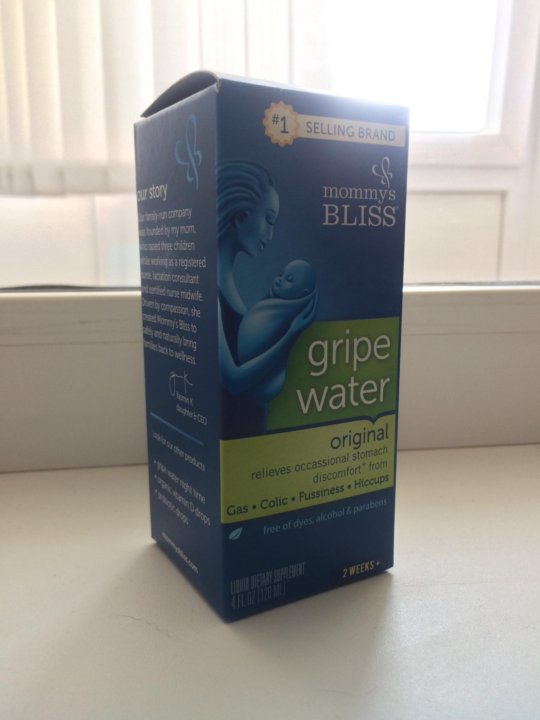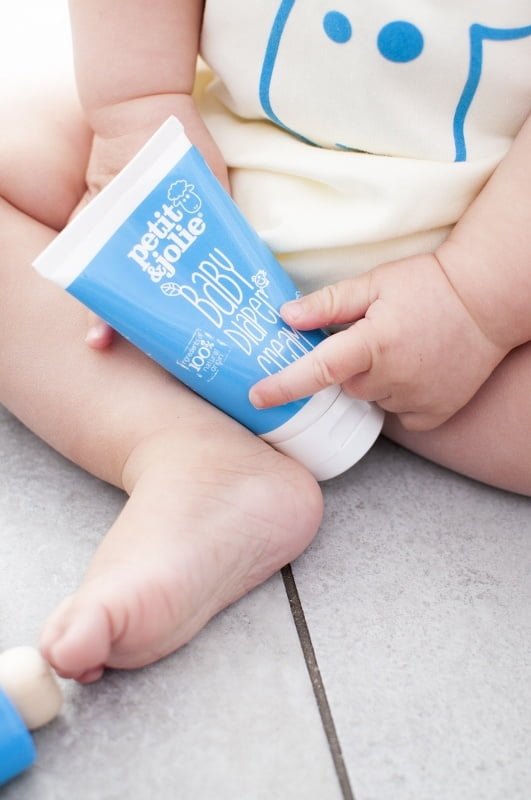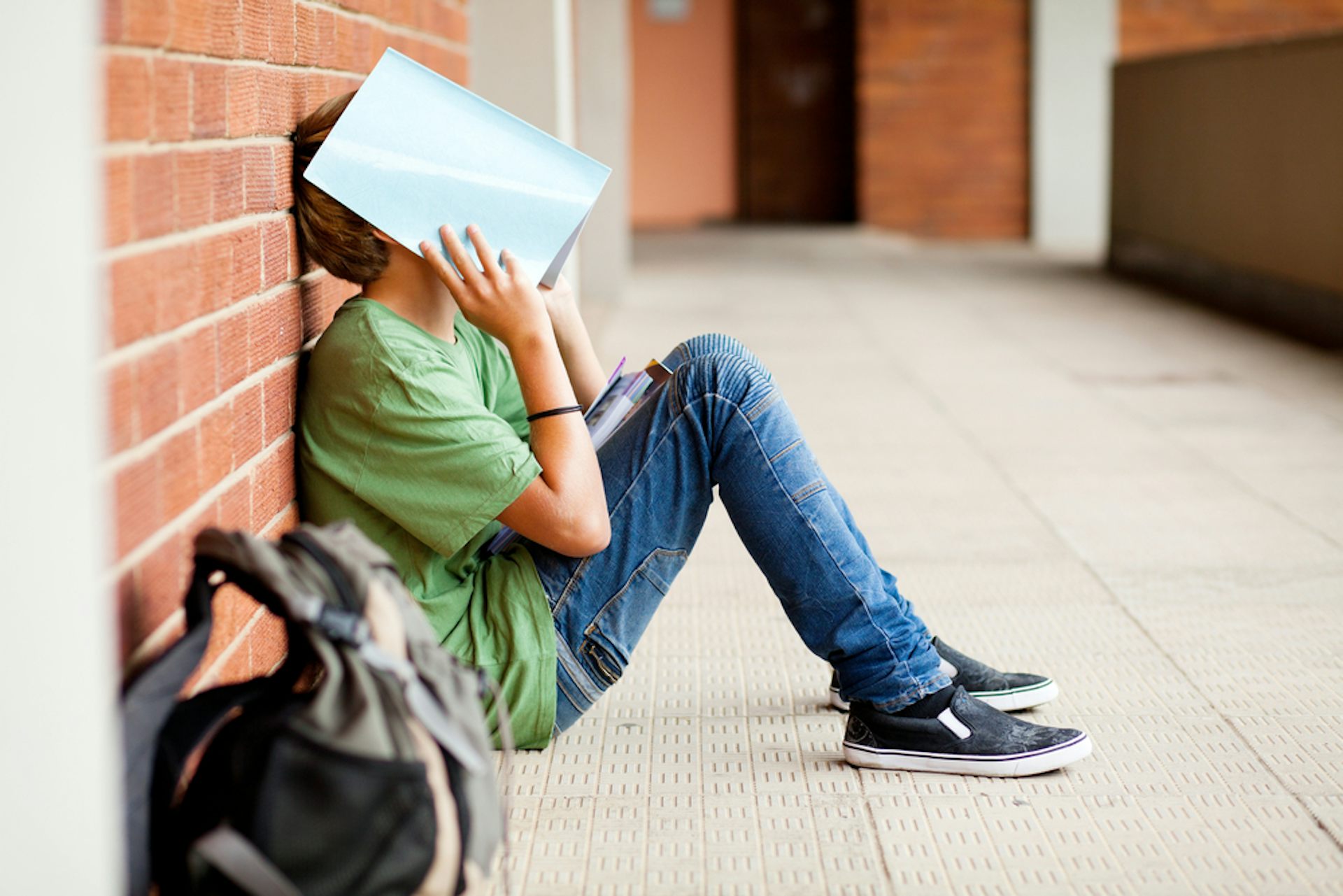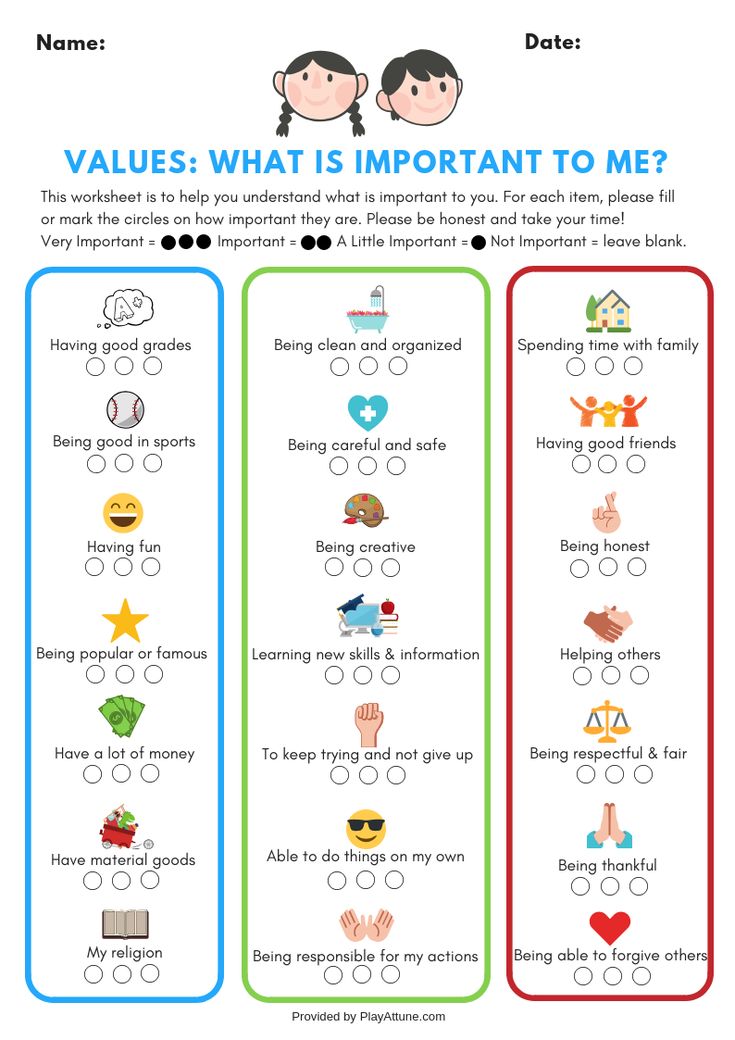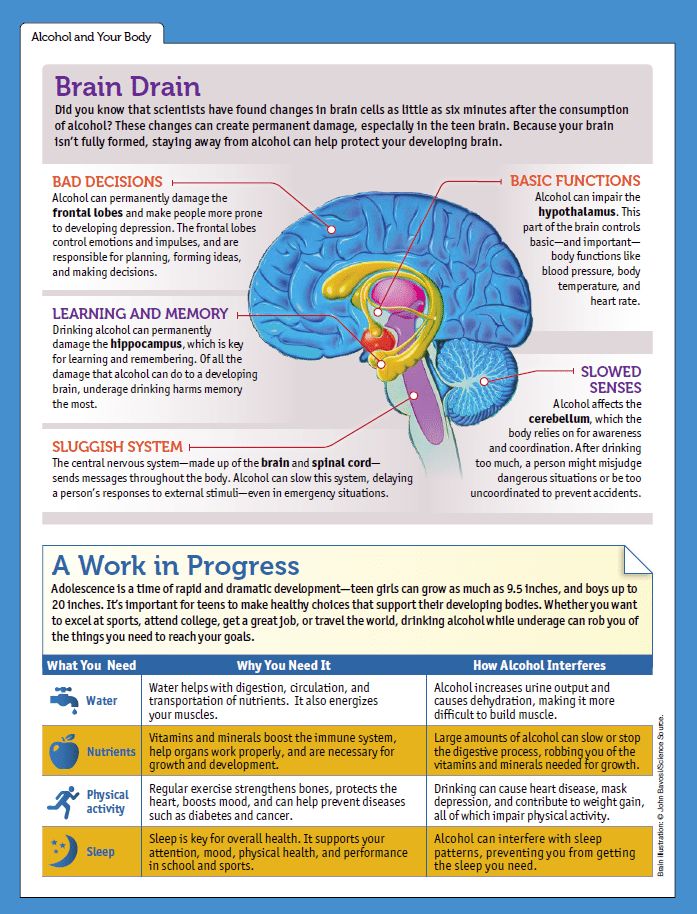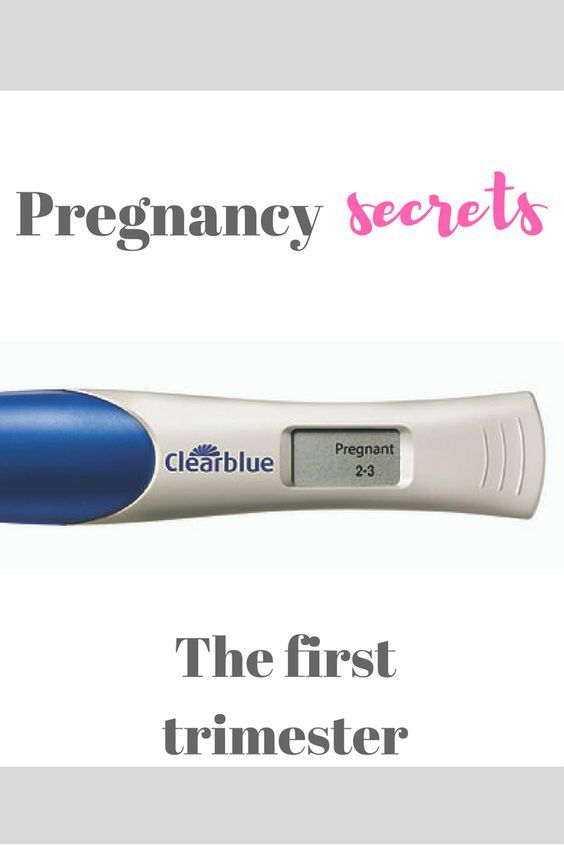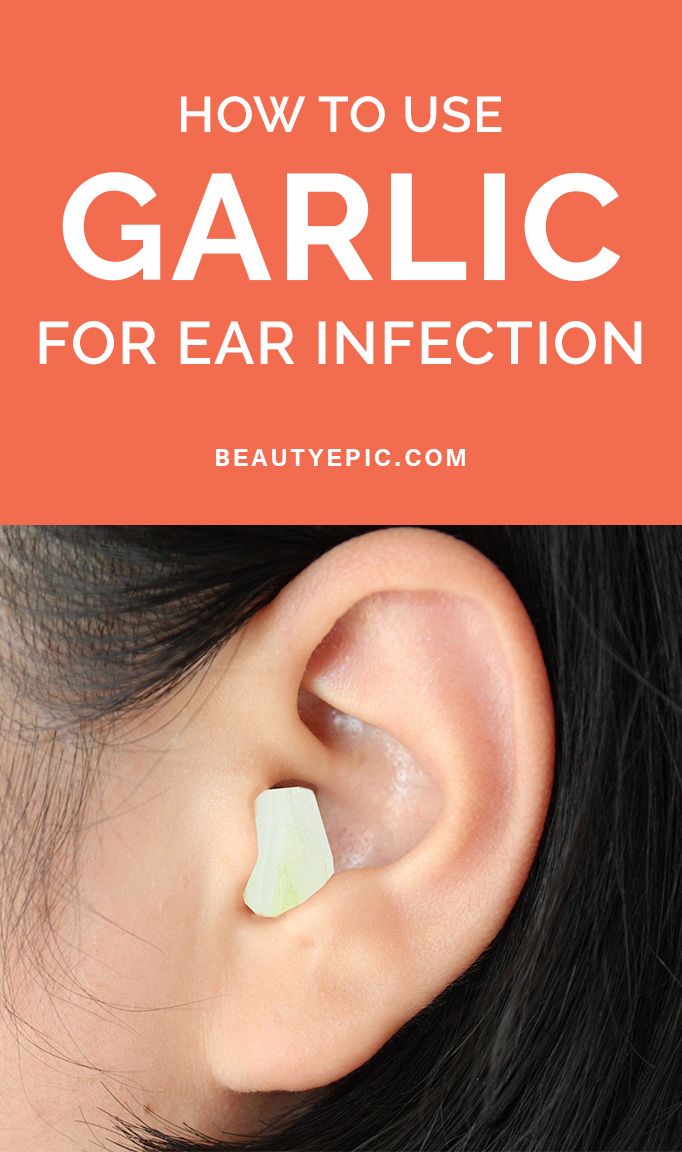How to tell if your child is high
How To Tell Your Child is High
More mainstream than ever before, access to both recreational and medical-grade marijuana is becoming easier each and every day. On top of that, recent legal changes have altered the view of any dangers related to the use of this drug, particularly in young teens.
And though when used properly marijuana has been proven to offer health benefits for certain conditions, inappropriate use can lead to a wide range of problems. It can have drastically negative effects on health, situational judgment, memory, coordination, and more.
As it has quickly become the most commonly used drug in young generations, it is essential that you know how to recognize the main signs of marijuana use in teens to keep your child safe and healthy.
Signs your child may be smoking weed may include:
- Smelling like marijuana
- Red or bloodshot eyes
- Delayed reaction times
- Mood swings
- Laziness and tiredness
- The presence of marijuana related paraphernalia
- Paranoia or anxiousness
- Hunger or the “munchies”
The effects of smoking weed can be both seen and smelled shortly after use. If your teenager comes home with red or bloodshot eyes, that is one of the most telltale indicators they are high on marijuana. Other physical signals include issues with muscle coordination as well as delayed reaction times both physically and mentally.
An additional sign is the distinct smell of marijuana, which many compare to a strong, musky odor that is similar to the scent of a skunk. This strong smell can easily make its way into the fibers of your teen’s clothing.
Changes in Emotional StateDifferent strains or types of marijuana have varying effects on the human body that can impact the user’s mind. Key signs of marijuana use in teens are related to their daily attitude, which can include mood swings, laziness, and overall tiredness. They may also appear anxious with an increased heart rate, depending on how their body reacts.
These changes can inhibit your child’s ability to focus at school, work, and home. This often leads to negative effects on grades and performance, which could be a bigger sign that it has grown into an addiction.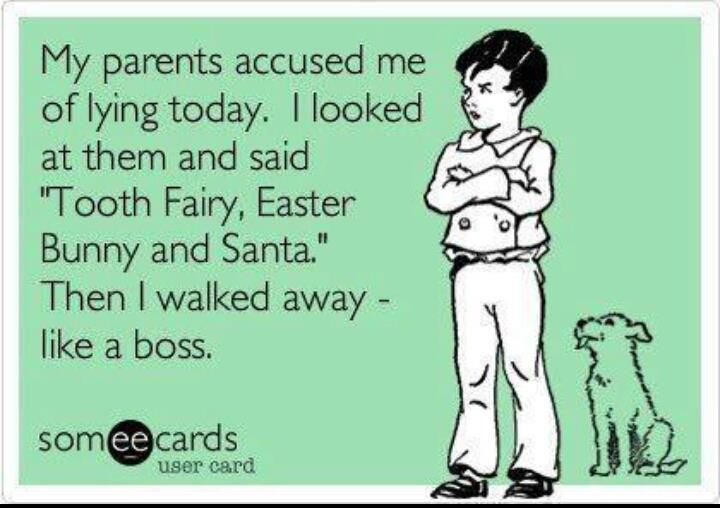
Using drugs typically requires specific tools and equipment to ingest or smoke the substance in question. Marijuana is no exception with over ten different ways to consume the drug including:
- Hand pipes and water pipes
- Joints or blunts (wrapped like a cigarette)
- Hookahs
- Vaporizers
- Oils
- Edibles (i.e. brownies, cookies, etc.)
- And more
Being keenly aware of the things needed for each of these options can help parents look out for them around the house or their teenager’s bedroom.
How to React if Your Child is Using MarijuanaFinding out your child is using drugs will likely stir up strong emotions, but your reaction may be a deciding factor in how you’ll be able to help them.
As with any drug, the effects of marijuana can be addictive. While some teenagers may try marijuana once and never touch it again, others may develop an addiction that can have a negative impact on the rest of their life.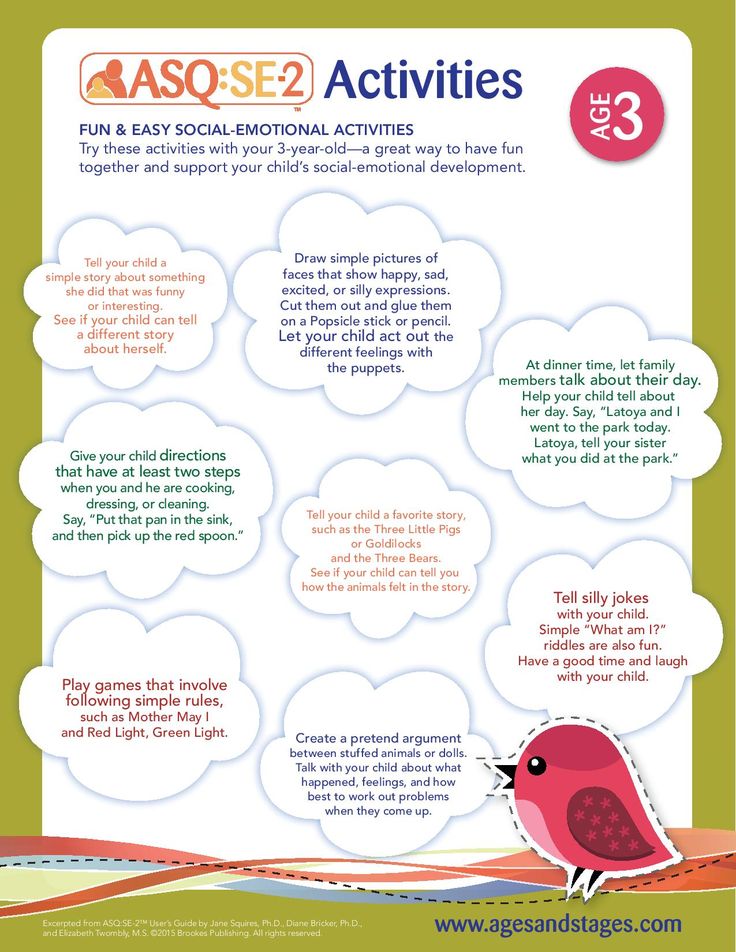
If you find these issues arise, it is recommended that you seek out treatment for your teen at a rehab center.
Last Updated on Nov 12, 2021
How to Tell Your Child is Smoking Weed
Category: Resources
Marijuana is often one of the first substances a person experiments with. Weed is one of the most accessible drugs today and with a changing legal status, the drug is easier to acquire than ever before. Like any substance, use of weed has the potential to lead to dependency and addiction. While many discussions about marijuana use intend to paint a positive picture, marijuana largely remains a drug that changes the way a person behaves, as well as their interactions with those around them.
As a parent, you are often the first to notice changes in your child’s behaviors, and you may suspect that substance abuse is at the root of it. In this article, we will explore the most common signs of marijuana use, what it looks like in various forms & common hiding spots, and Learn the Signs: How to Tell if Someone is Smoking Weed
There are numerous telltale signs that someone is smoking marijuana. From physical symptoms to behavioral changes, use of weed is generally not discreet and your child may go above and beyond to conceal it from you.
From physical symptoms to behavioral changes, use of weed is generally not discreet and your child may go above and beyond to conceal it from you.
Physical Signs
- One of the most common indicators of marijuana use is red eyes. You may notice your child keeps eye drops, which may be used to conceal this side effect.
- If your child smokes marijuana, you may notice small burns on the ends of their fingers. This usually happens when someone smokes a joint to the very end.
- If your child is suddenly using mouthwash, different body sprays, or other products such as air fresheners, they may be smoking weed. Marijuana has a very distinct, pungent smell, and many will use these products to cover it.
- Take this quiz to determine if your son or daughter is showing the telltale signs of drug abuse.
Behavior Changes
- Marijuana is known to make users become more lethargic. This may manifest as them no longer taking an interest in activities they once enjoyed or seeming depressed or isolated.
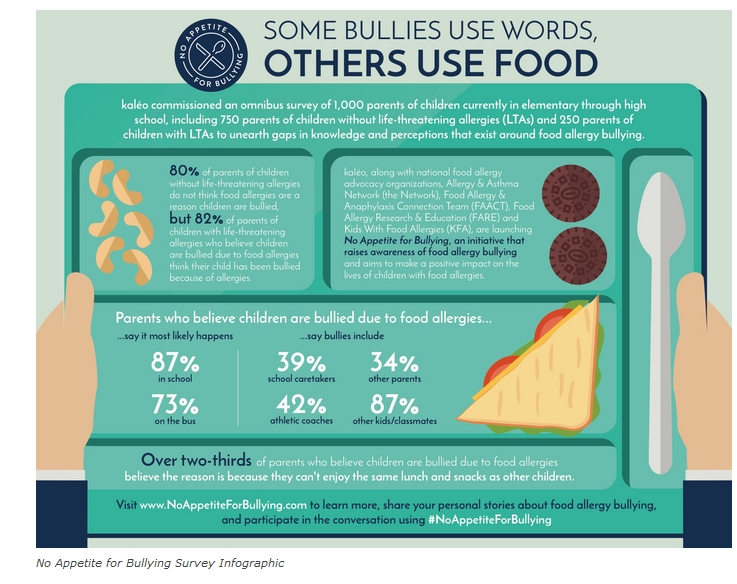
- Using weed can also cause your child’s academic performance to drop. With decreased engagement and interest in other activities, your child’s grades or work ethic may begin to shift.
- Changes in who your child spends their time with is also a major clue. If your child ditches long-term good friends for objectionable people, it may be a sign that they are experimenting with drugs. You may also notice your child’s language change; they may speak in code or become more secretive when they suspect you are around.
Paraphernalia
Marijuana comes in a variety of forms. Depending on the way your child uses it, you may find various forms of paraphernalia. This may include:
- Rolling papers: Thin, lightweight, white paper used for hand-rolled cigarettes or joints. They often come in small, long rectangular packs of several cigarette-size sheets, often folded inside a cardboard wrapper.
- Bongs: or water pipes can be plastic or glass. They usually have a removable piece or “bowl” that holds the marijuana or tobacco and a larger body where the water is added.
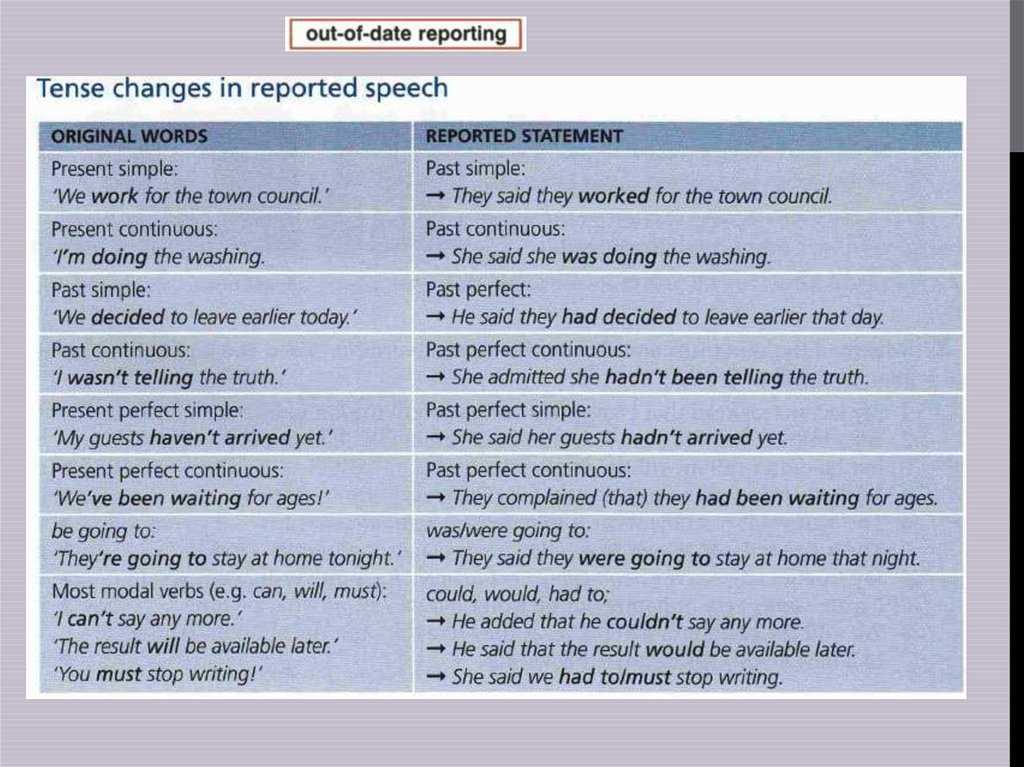 They come in all sizes.
They come in all sizes. - Pipes: smaller and more portable glass or plastic pipes. There is usually a visible hole or “bowl” where the marijuana is placed.
- Edibles such as brownies or cookies: edibles come in various shapes and sizes. They are actual brownies, cookies, or candies that are baked with THC.
- Vapes or Vaporizors: some, not all, vaporizors are designed for smoking wax which contains a more concentrated form of THC. These vapes may appear like other nicotine vaporizers but most juice bottles will have the level of THC printed on them if they contain in.
What Weed Looks Like in Various Forms
Marijuana can be smoked or consumed through a food or beverage. Here are some of the most common forms of consumption you may encounter:
- Marijuana is a plant- you may find stems, seeds, or grassy-looking substances
- Marijuana can also be infused with tea so what may appear to be tea leaves could actually be weed
- Weed is also consumed in edibles which are usually in dessert form – the most common edibles you may encounter are brownies or cookies
- Some may use wax: a resin that contains high concentrations of THC – this is usually a yellow, hard substance that is melted down and smoked
Common Hiding Spots for Parents to Check
Your child will try to conceal marijuana use through a variety of means.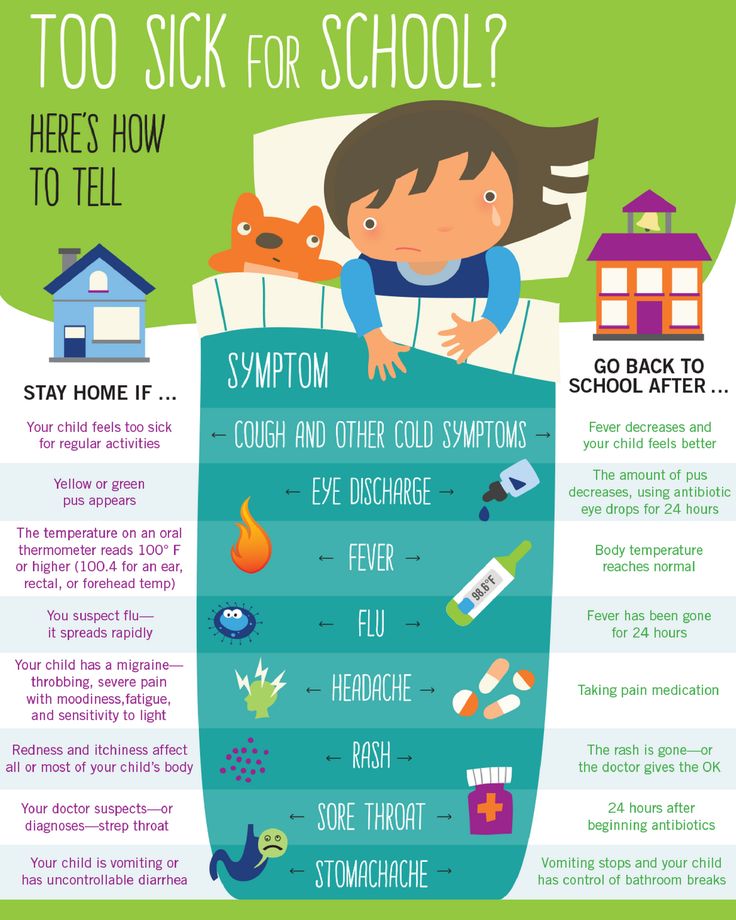
- They may go for long walks or block cracks in bedroom doors to prevent smoke from spreading in the house
- There are countless places your child could hide weed, but some of the most common locations include:
- Underneath the mattress
- In small boxes, such as jewelry boxes
- In their car: to keep it out of the house, young adults may store it the center console, their gym back, trunks etc.
- In their backpack
- Behind furniture
- Battery hatch: check inside the battery hatch of teen’s electronics like alarm clocks, stereos, etc.
- Highlighters: some young people are hollowing out highlighters to hide their stash
- Deodorant sticks: some may hallow out the tube and hide their weed there
- Inside the closet:they could be hiding it in a box or in a specific place or even inside of their clothes
- Outside the House: If you suspect the symptoms of marijuana use and abuse remember that your son or daughter may be stashing their weed outside the house to try and keep it hidden from you or other family members.
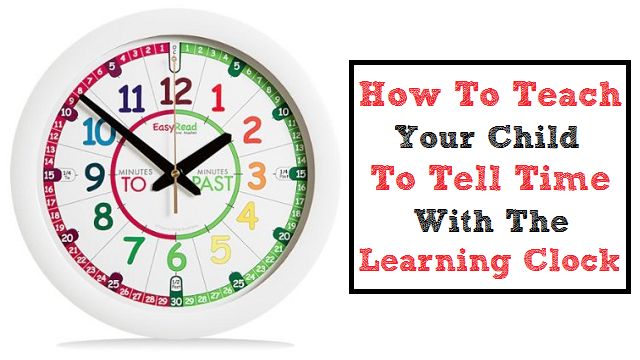 Checking the car, gym bags etc may be another place to start.
Checking the car, gym bags etc may be another place to start.
My Child is Smoking Pot, Now What?
Once you have confirmed your suspicions, you can begin to formulate a plan to move forward. Intervening early in substance abuse is critical in ensuring your child receives appropriate care. It may be difficult to know how to proceed, but there are several steps you should take:
- When appropriate, talk to your child: If they seem to be open and willing to discuss, the first is reaching out to your child. Depending on the nature of their addiction and your relationship with them, you can approach this in a number of ways. In some cases, having a frank conversation with them can help you broach the topic. In other instances, an intervention may be necessary. Starting the conversation is critical in helping your child realize they may have a problem and work towards getting the help they need.
- Contact a professional: Regardless of the degree of care your child requires, working with a professional to determine your next steps can make the process much easier.
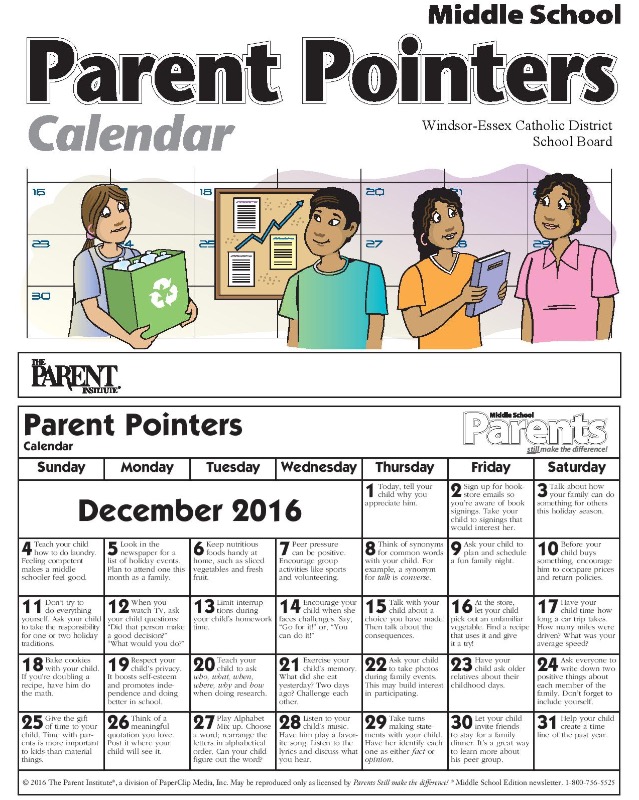 Those who work in the treatment world can help connect you with resources and evaluate your individual circumstances to make a recommendation. With so many options available, it can be difficult to navigate the road to recovery alone. A professional can remove some of the apprehension or anxiety you feel moving forward in your child’s treatment by providing you with unbiased treatment options.
Those who work in the treatment world can help connect you with resources and evaluate your individual circumstances to make a recommendation. With so many options available, it can be difficult to navigate the road to recovery alone. A professional can remove some of the apprehension or anxiety you feel moving forward in your child’s treatment by providing you with unbiased treatment options. - Offer resources: In addition to working with a professional, you can also offer additional resources to help support your child. Resources can range from changing the way your home operates to reinforce sobriety, to helping your child connect with resources such as group meetings or extracurricular activities. Finding ways to engage with your child in significant ways can help them replace the time used to get high with more meaningful interests. This both helps your child reestablish their identity and learn to enjoy sobriety.
From Abuse to Addiction: How to Know if Your Child is Addicted to Weed
Substance abuse does not always turn into addiction.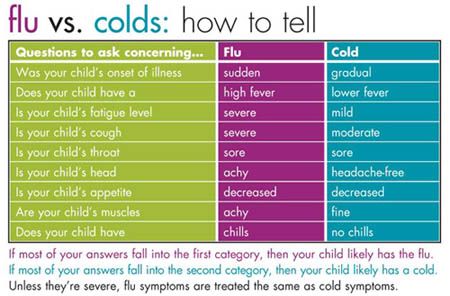 In certain cases, some people are able to experiment with drugs and never develop a dependency. Marijuana tends to be popularly represented as a substance you cannot become addicted to; however, many find themselves relying on the drug to even feel normal.
In certain cases, some people are able to experiment with drugs and never develop a dependency. Marijuana tends to be popularly represented as a substance you cannot become addicted to; however, many find themselves relying on the drug to even feel normal.
If you observe that your child tends to be under the influence most of the time, they may rely on weed to get through the day. Many will begin to experience withdrawal symptoms without it. Symptoms such as fatigue, irritability, insomnia, or feelings of depression can all be indicators that an addiction has formed. In some cases, a person may experience more physical symptoms such as stomach aches, fever, chills, and headaches. Using weed quiets these symptoms, making a person more reliant on it.
Withdrawal from marijuana is generally not life-threatening, but it can be uncomfortable.
In some cases, feelings of depression or agitation could cause a person to put themselves in a dangerous situation. Even if you feel that marijuana addiction is not as dangerous as another illicit substance, the experience of withdrawal can have very different effects on individuals, making it especially important to enlist the help of professionals when starting the recovery process.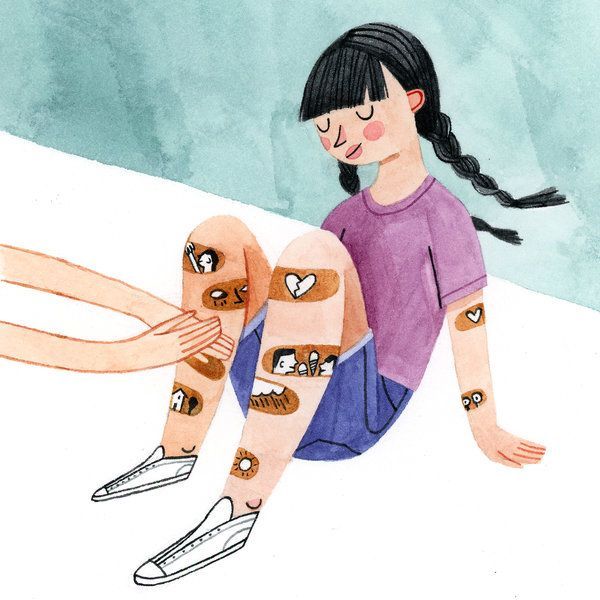 Medical professionals are able to help make the withdrawal process as comfortable as possible while simultaneously removing the influence of enabling peers and environments.
Medical professionals are able to help make the withdrawal process as comfortable as possible while simultaneously removing the influence of enabling peers and environments.
Think Your Child is Smoking Weed? Here’s What You Can Do Now
If you feel confident your child might be struggling with marijuana, learn more about treatment options for weed addiction. If you’re ready to find out how Sober College can help your child get back to living up to their full potential, fill out a contact form and we’ll get back to you within 24 hours.
Sources
https://americanaddictioncenters.org/marijuana-rehab/withdrawal/
https://www.choosehelp.com/topics/teenagers/marijuana-use-15-signs-parents-need-to-watch-for
How to find out if a child uses alcohol and drugs
Adolescents who use alcohol, drugs
- Increasing secrecy characteristic,
- Deterioration in school performance: lack of interest and incentive to study, absenteeism,
- Deterioration of the appearance of a teenager: hair, clothes, shoes, personal items look untidy, dirty,
- Changing relationships with peers.
 The appearance of new, suspicious friends, which can greatly affect whether a child will take alcohol, drugs or not.
The appearance of new, suspicious friends, which can greatly affect whether a child will take alcohol, drugs or not. - Change in behavior towards loved ones, such as aggressiveness or unwillingness to communicate.
If you think your child has used alcohol or other drugs more than once:
- Ask about it. Find out what substances he used and what he experienced while doing it, whether he liked it. Listen carefully to the teenager's story, namely, whether he liked using it and why. The closeness of your relationship will affect the frankness of the child. Ask about peers who gave him drugs and those who used them with him.
- Talk about your concerns, not just about drug abuse, but about other important issues such as school performance
- Remind them of the norms of behavior in the family, whether it is accepted in the family to use these substances and the consequences if the teenager does not adhere to family values.
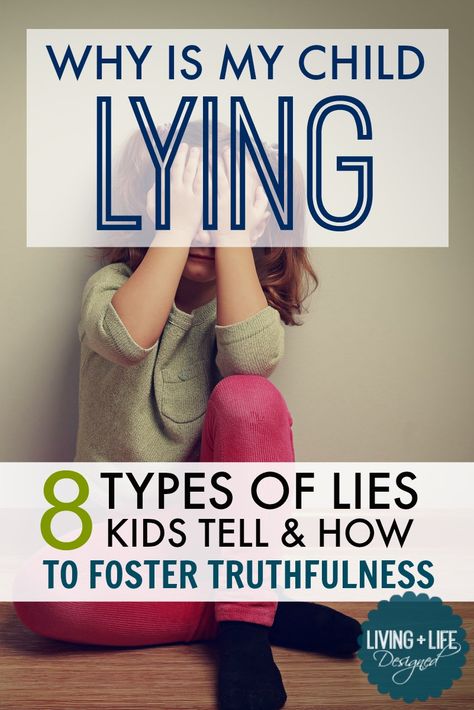 If you do not want your child to use any kind of drugs, including smoking and alcohol, tell him directly about it.
If you do not want your child to use any kind of drugs, including smoking and alcohol, tell him directly about it. - Ask your child to stop using alcohol or drugs, especially if there is a history of addiction in the family. If the child stops now, he may avoid negative consequences.
- Maintain an outreach policy. It is very important to give your teenager information about the influences and consequences of alcohol, toxic substances, smoking and drugs.
Do not lose control of the situation!
The child may have problems at school or at home, difficulties in communicating with others and with the law as a result of taking drugs. If you suspect your teen is continuing to use alcohol or substance abuse, take action. This is much more serious than you think and requires immediate attention. Frequent or constant use of narcotic substances leads to physical and psychological dependence or already to the presence of such.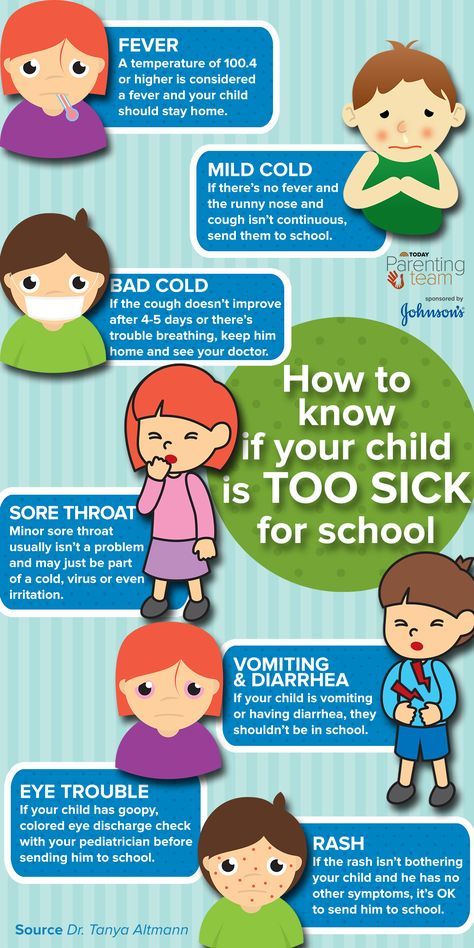
To help a teenager:
- Make inquiries. See if there is evidence that the child is taking toxic substances. Review the information on how to find out if a teenager is taking drugs again. If you are inclined to believe that the child uses a certain type of drug, collect all the necessary information about him.
- Choose the right moment, namely, when the child has not yet had time to take the next dose. It makes no sense to talk with someone who is in a state of alcoholic or drug intoxication.
- Ask directly. Find out what drugs your child takes, how often and where they take it. As a rule, teenagers are silent about this.
- Assess the situation. Take your child to a drug specialist. Ask the doctor to examine your child. Early intervention will facilitate the eventual withdrawal of drug use.
- Call for help. Attend a support group for relatives of alcoholics and drug addicts. There are special courses for parents where the consequences of alcohol and drug addiction are discussed.
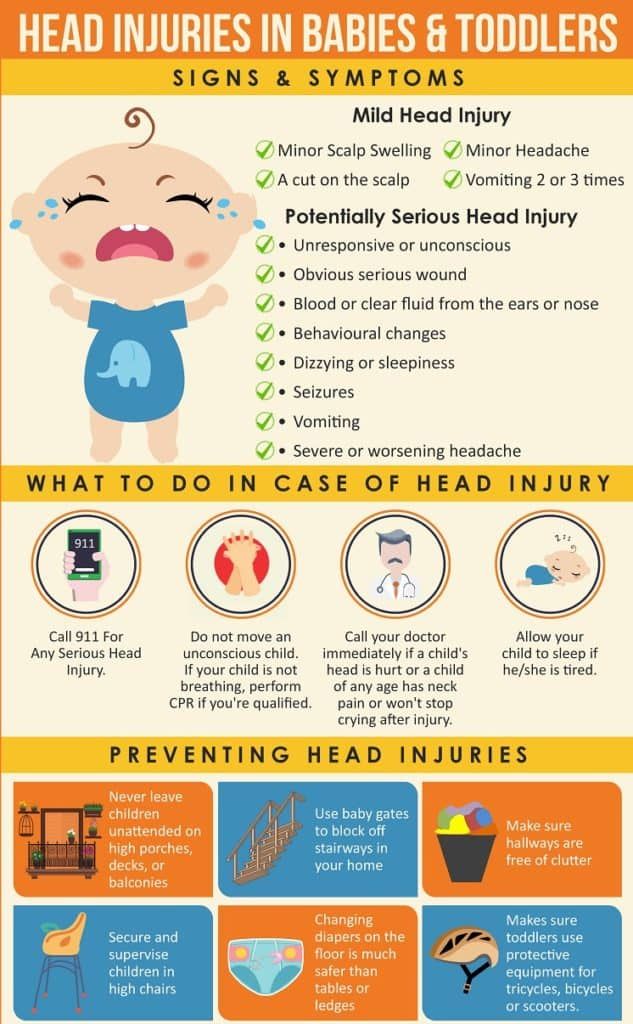 The use of toxic substances is a family problem, since all family members feel the negative effects. Relatives of such teenagers should change their attitude towards them.
The use of toxic substances is a family problem, since all family members feel the negative effects. Relatives of such teenagers should change their attitude towards them.
Narcological assistance in Grodno:
ME GOCC "Psychiatry - Narcology":
- narcology registry - 8 (0152) 75-67-54;
- adolescent narcologist - 8 (0152) 75-69-44.
Helpline Grodno - 170
Republican "Helpline" for narcological patients - 8 801 100-21-21
How to tell if your child is using hard drugs
Hard, highly addictive drugs are especially dangerous for the immature body. Only earlier identification of the problem and timely treatment of drug addiction gives a chance to save a child, a teenager. Therefore, it is extremely important to know the symptoms of use and methods that will allow you to check your suspicions. The use of any drug leads to behavioral changes (unmotivated mood swings, secrecy, frequent long absences), but they can be due to other reasons. A more alarming sign is that the child constantly wears long-sleeved clothes, does not undress in your presence, hides his eyes behind dark glasses, pulls a cap with a visor over his forehead.
A more alarming sign is that the child constantly wears long-sleeved clothes, does not undress in your presence, hides his eyes behind dark glasses, pulls a cap with a visor over his forehead.
Signs of different drug use
The use of most hard drugs results in a number of similar symptoms, but there are also drug-specific signs. A teenager is more likely to take desomorphine, cocaine, amphetamines, but you should also be aware of the signs of using heroin, methadone - very expensive, "adult" drugs.
Heroin, opiates, methadone
Heroin use can lead to an unusually good-natured mood, after a dose a person is overly talkative, sociable to obsessive, exaggeratedly emotional. The reverse reaction is also possible - lethargy, detachment, the teenager plunges into himself, does not react to the environment. In addition to specific behavior, physiological manifestations should be alarming:
- flushed face;
- drowsiness without yawning;
- dilated pupils;
- increased thirst, white coating at the corners of the mouth, possible vomiting;
- blank face, relaxed mimic muscles;
- itching, desire to constantly scratch;
- lack of appetite, possible craving for sweets.

The use of methadone causes sweating, shortness of breath, this drug causes disorientation in space. It affects the tone of the muscles, blood vessels, causes respiratory disorders, heart rhythm, constipation, urinary retention.
Don't want to be treated? Motivation for treatment
It is always easier for qualified specialists to find an approach to dependent person. Our employees provide assistance in motivation and intervention ROUND THE CLOCK. We provide services of a psychologist for consultation, home visits are possible.
067 120 33 55
Amphetamine, cocaine, desomorphine
Dilated pupils, relaxed, emotionless face, eating sweets caused by glucose deficiency are also characteristic of amphetamine addiction. Under the influence of the drug, a person is fussy, talkative, but the next day he does not remember what he was talking about. He needs something to occupy his hands, hence the chaotic, meaningless activity, obsessive movements.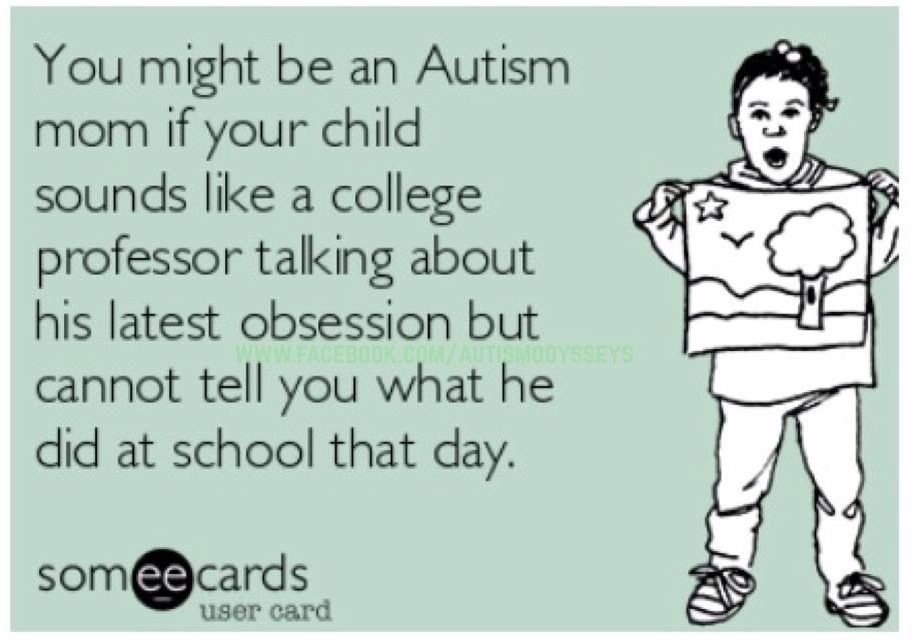 At first, the child tries not to appear at home stoned, comes when the effect of the drug stops. During these periods, he shows irritability, anxiety, aggression. The use of amphetamine leads to a sleep disorder, a teenager sleeps only a few hours, then spends most of the day in bed. At the first stage, the appetite disappears, which leads to rapid exhaustion, the person looks emaciated, the skin becomes unhealthy, dry, flaky, and the hair grows dull. Another specific symptom is excessive sweating.
At first, the child tries not to appear at home stoned, comes when the effect of the drug stops. During these periods, he shows irritability, anxiety, aggression. The use of amphetamine leads to a sleep disorder, a teenager sleeps only a few hours, then spends most of the day in bed. At the first stage, the appetite disappears, which leads to rapid exhaustion, the person looks emaciated, the skin becomes unhealthy, dry, flaky, and the hair grows dull. Another specific symptom is excessive sweating.
Inhalation of cocaine through the nose leads to chronic runny nose without cough and fever, frequent nosebleeds. On clothes you can see traces of white powder.
Another dangerous drug is desomorphine (“crocodile”). Unlike most other hard drugs, it causes a strong constriction of the pupils, redness of the eyes. From a person comes a noticeable smell of drugs. This drug provokes the destruction of teeth, the appearance of non-healing wounds, thrombophlebitis, tissue necrosis.
How to check suspicions
If you have noted several of the above changes in your child's behavior, state of health, audit his things, look for hiding places. If you find disposable syringes or reusable boiling devices, smoked spoons, folded papers or cut cocktail tubes, traces of white powder on a mirror, CD, as well as suspicious pills, sachets, it's time to move on to action. If injection drug addiction is suspected, the child should be fully examined in bright light - traces of injections can be found on the arms, legs, in the groin, and even under the hair on the head.
In a pharmacy, you can buy multi-system tests that allow you to detect traces of drugs of different groups (up to 10) in urine, regardless of the method of administration. If, in the presence of suspicious signs, the child stubbornly refuses to take the test, this can be considered an indirect admission of guilt.
Strange behavior, lethargy or excessive activity, sleep and appetite disorders are good reasons to take a closer look at the child.
